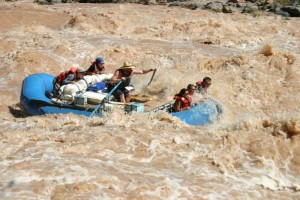Peter Kick, in his 2015 book “Desperate Steps – Life, Death, and Choices Made in the Mountains of the Northeast“, lists the following hints to assist in avoiding or minimizing risk in the backcountry:

- Plan ahead – know your bailout plan
- Pay attention to the weather forecast
- Continually monitor weather conditions
- Stay on the trail
- Know first aid procedures
- Take action early enough to permit arrival at a safe place
- Wear clothing appropriate for the conditions
- If you plan to provide emergency assistance, keep yourself safe first
- Take extra precautions in remote areas – help may not be readily available
- Calculate the time required for a proposed backcountry route
- Adopt a turnaround plan that permits enough daylight to return to camp or the trailhead
- Cancel, postpone, or modify activities in the presence of thunderstorms
- Take the right gear to address changing conditions
- Match challenges to training and experience

- Understand the conditions of the season
- Evaluate risks for the coming day’s conditions
- Remember that a group is only as strong as its weakest member
- Don’t shelter under or near tall or isolated trees
- In a group, spread out to minimize the chance of a mass incident if lightning is likely
- During a new activity, start small . . . make ripples instead of large waves
- Research outfitters and guide companies
- Study hazard and accident statistics for new areas you plan to enter, or new activities in which you plan to participate
A concise, yet important, list of things to consider in the outdoors. Remember Scouting’s motto, BE PREPARED!
P.S. Author Peter Kick informs me that he is an Eagle Scout, and has served in Scouting as district executive, camp director, high-adventure base director, and volunteer. His book is highly recommended.
Hints to assist in avoiding or minimizing risk in the outdoors . . .
